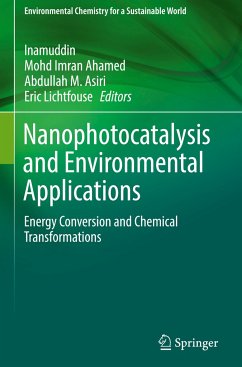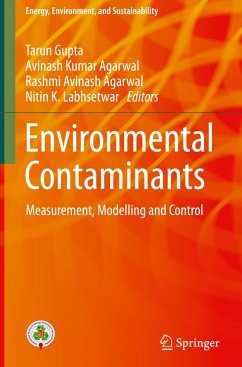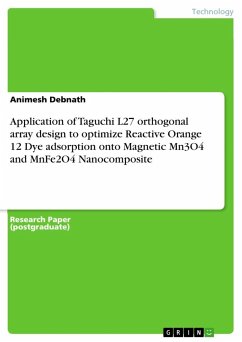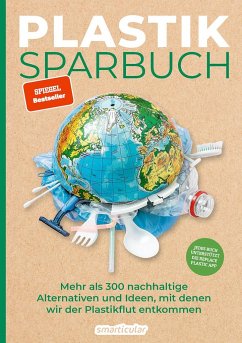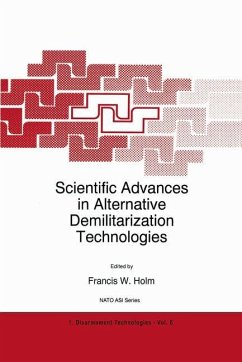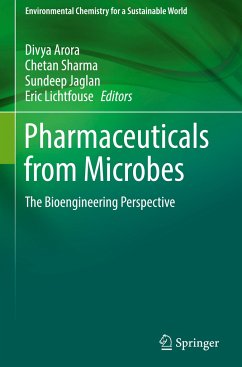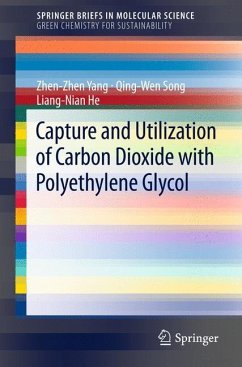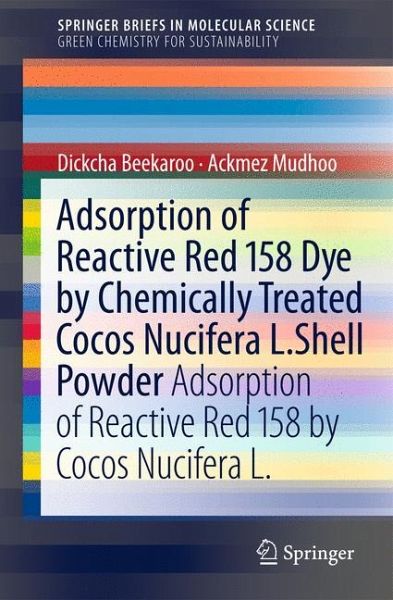
Adsorption of Reactive Red 158 Dye by Chemically Treated Cocos Nucifera L. Shell Powder
Adsorption of Reactive Red 158 by Cocos Nucifera L.
Mitwirkender: Beekaroo, Dikcha

PAYBACK Punkte
19 °P sammeln!
The effective removal of dyes from aqueous waste is an important issue for many industrialized countries. The traditional treatment methods used to remove dyes from wastewater have certain disadvantages such as incomplete dye removal, high reagent and energy requirements, and the generation of toxic sludge or other waste products that require disposal. The search for alternative and innovative treatment techniques has focused attention on the use of biological materials for dye removal and recovery technologies. This brief summarizes the latest developments in this important field.







